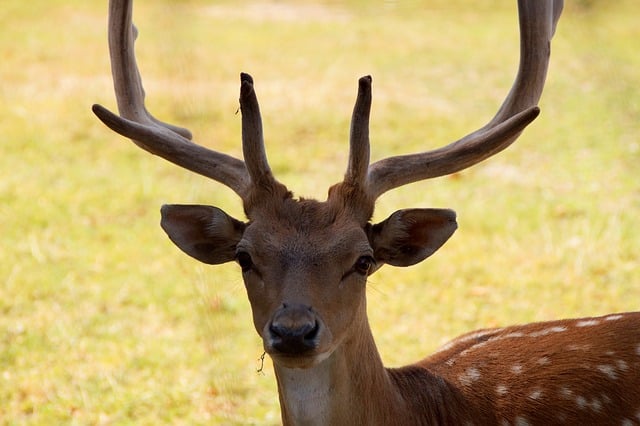
The axis is the second cervical vertebra.
The term axis , which comes from a Latin word translatable as “axis” , is used in different ways in our language. However, the dictionary of the Royal Spanish Academy ( RAE ) recognizes only one meaning.
The meaning collected by the RAE indicates that one of the cervical vertebrae is mentioned as axis. Specifically, it is the second of these bone pieces, which is located below the atlas and on the C3 vertebra.
What are the cervical vertebrae?
The short bones that make up the spine (also called the rachis or vertebral column ) are called vertebrae . These bones are arranged in a row and are articulated with each other, allowing various movements.
In the specific case of the cervical vertebrae , there are seven of them and they are located in the neck area. They are located below the skull and above the thoracic vertebrae .
Axis Features
The second cervical vertebra can be differentiated only in mammals , birds and reptiles . On its upper surface there is a tooth or odontoid process , where the vertex, body, neck and base can be distinguished.
This process also constitutes the body of the first cervical vertebra (the atlas ). That is why it is said that the atlas is an incomplete vertebra. It is interesting to note that, of the seven vertebrae of the neck, only the atlas and axis have a distinctive morphology, which is why they have their own name (the rest are numbered according to their position).
The axis allows the neck to rotate laterally. In other words, it enables head rotation. Malformations or injuries of the axis can cause everything from headaches and neck pain to stiffness, restrictions in joint movements and muscle weakness.

The axis deer lives in Asia.
Genus of cervids
There are other uses of the axis concept. The notion, if it appears in capital letters ( Axis ), refers to a genus of animals that belong to the family group of deer .
Cervids are mammals (the young feed on milk from the female's breasts), artiodactyls (their limbs end in an even number of fingers, of which they use at least two to support themselves on the ground) and ruminants (their stomach It is divided into four cavities). Axis is one of the genera that make up this family .
Only four species make up the genus Axis : Axis axis ( axis deer , spotted or chital ), Axis porcinus ( pig or swine deer ), Axis kuhlii ( Bawean axis ) and Axis calamianensis ( calamian axis or Calamianes deer ). They all live on the Asian continent.
The world axis
A symbol that represents the connection between earth and sky is known as axis mundi . The expression can be translated as “axis of the world” .
The axis mundi symbolizes the convergence of all directions, linking the terrestrial with the celestial. The representation can be carried out using objects manufactured by humans (such as a ladder or a tower) or natural elements (a tree, a mountain).
Many peoples and cultures have appealed to the world axis. The ancient Hebrews, North American aborigines, Chinese and Aztecs, among others, used this type of image to reflect their worldview.
